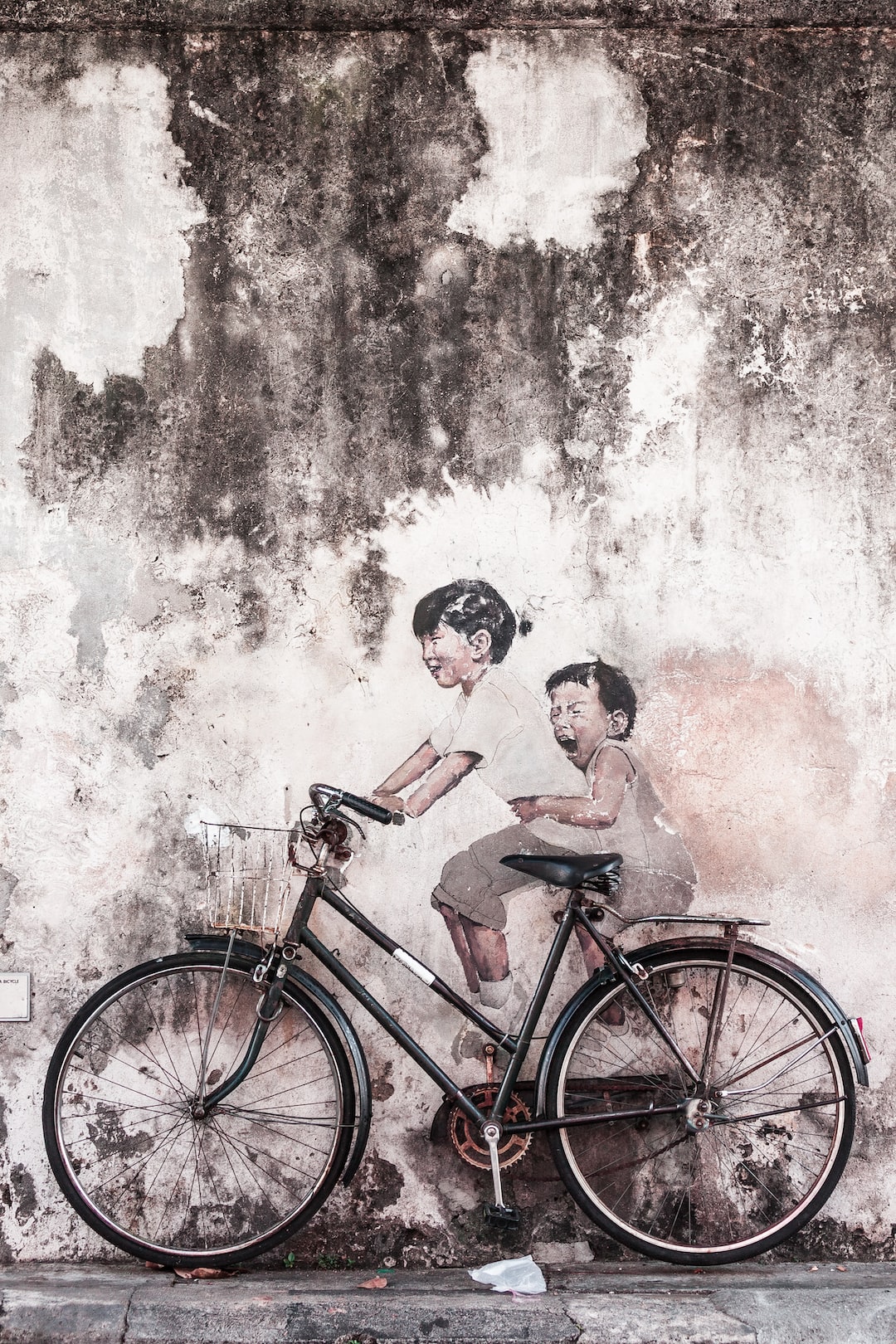Capturing Human Emotions through Portrait Photography
Human emotions are a complex web of expressions that can convey joy, sadness, excitement, and everything in between. As an art form that focuses on highlighting the essence of an individual, portrait photography has the unique ability to capture these emotions in a single frame. Through the lens of a skilled photographer, portraits can reveal a person’s truest self, offering a glimpse into their psyche and connecting with viewers on a deep and emotional level.
One of the most important aspects of capturing human emotions through portrait photography lies in the ability to establish a genuine connection with the subject. It is crucial for the photographer to make their subjects feel comfortable and at ease, allowing them to be vulnerable and open in front of the camera. This can be achieved through open communication, showing empathy, and creating a safe and accepting environment. By doing so, the photographer can build trust and rapport, providing an opportunity for the subject to express their emotions naturally.
Lighting also plays a vital role in capturing human emotions. Different lighting techniques can emphasize various emotions, creating different moods in the portraits. Soft and diffused lighting can evoke a sense of tranquility and tenderness, while harsh lighting can convey intensity and drama. By manipulating light, a photographer can further enhance the emotional impact of a portrait, making it a powerful tool to tell a story.
Composition is another element that plays a significant role in capturing human emotions. It is the arrangement of elements within the frame that can guide the viewer’s attention and evoke certain emotions. The positioning of the subject, the use of negative space, and the overall structure of the image can all contribute to the emotional impact. For example, a tightly framed portrait, focusing primarily on the subject’s eyes, can create a sense of intimacy and vulnerability. On the other hand, a portrait with an expansive background may give a feeling of freedom or loneliness, depending on the subject’s expression.
Body language and facial expressions are perhaps the most obvious indicators of human emotions. A skilled portrait photographer knows how to observe and capture these fleeting moments of raw emotion, freezing them in time. From a subtle smile to a tear-filled gaze, these visual cues express what words often fail to convey. Through their expertise in timing and patience, photographers can document these authentic expressions, allowing the viewer to feel a sense of connection and empathy towards the subject.
Post-processing techniques also contribute to the portrayal of emotions in portrait photography. The use of color grading, contrast adjustments, and retouching can further enhance the emotional impact of an image. Warm tones may evoke a sense of comfort and nostalgia, while cool tones can create a more distant and melancholic atmosphere. The choices made in post-processing should be carefully considered to align with the emotions captured in the photograph, enhancing and amplifying the intended message.
In conclusion, portrait photography has the power to capture human emotions in a way that is deeply profound and relatable. By establishing a genuine connection with the subject, utilizing lighting and composition techniques, observing and capturing body language and facial expressions, and applying post-processing techniques to amplify the emotional impact, photographers can effectively communicate the essence of an individual. Portraits have the ability to evoke empathy, provoke introspection, and create connections between the subject and the viewer. Capturing human emotions through portrait photography is more than just taking a picture; it is an art form that elevates the human experience.

